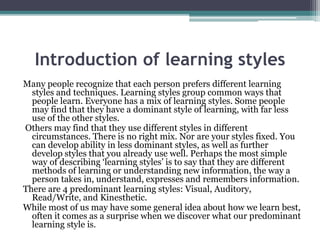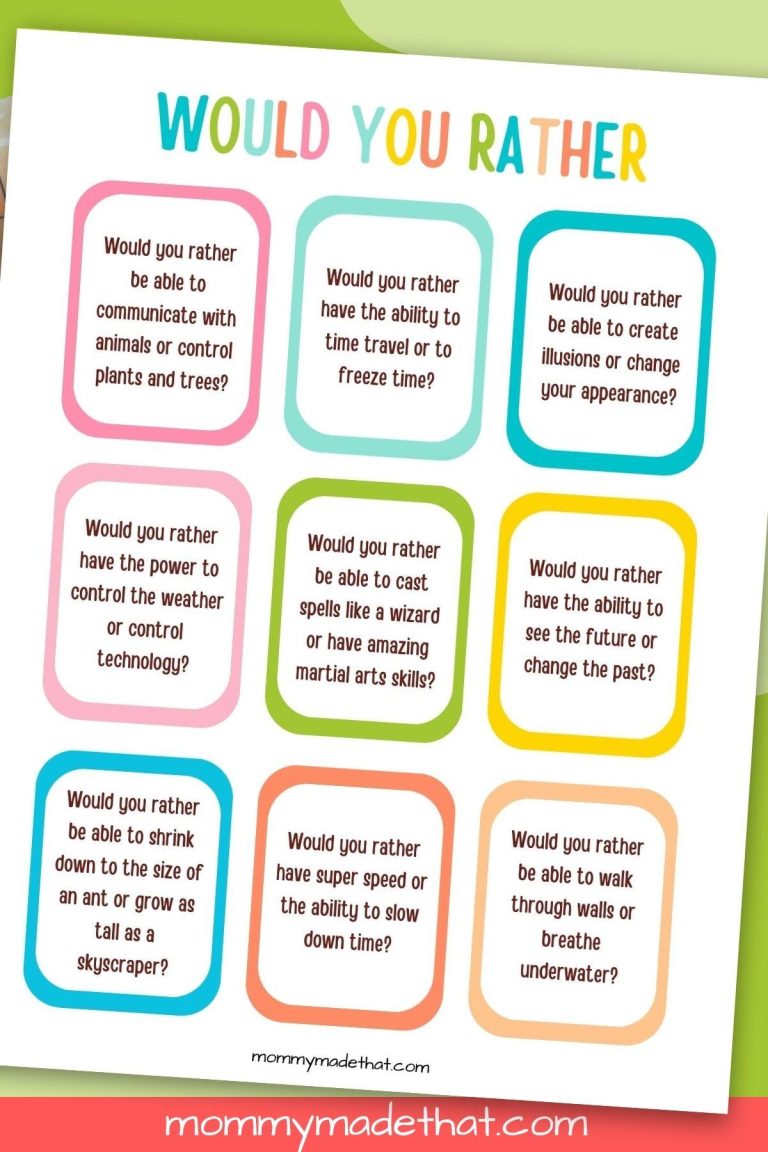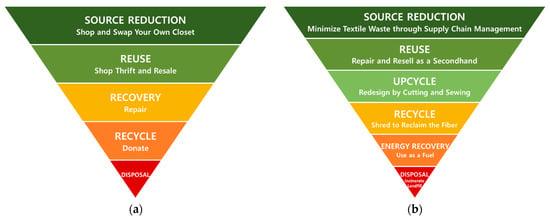Selecting the Perfect Homeschool Curriculum

So, you’ve made the brave decision to embark on the wild and wonderful journey of homeschooling. Congratulations! Now, all that’s left to do is select the perfect curriculum that will not only educate your children but also keep you from pulling out your hair in frustration. No pressure, right? Don’t worry, we’ve got you covered with some tips and tricks for finding the ideal homeschooling curriculum that will make you feel like a super-parent. (Disclaimer: cape and spandex suit not included.)
Determining Your Child’s Learning Style
So you want to figure out how your little monster, I mean, darling child, learns best? Well, you’ve come to the right place! Each child has their own unique way of absorbing information, and it’s important to tailor their learning experience to match their individual style. Here are a few tips to help you uncover their learning preferences:
- **Observe:** Watch how your child interacts with different activities – do they excel in hands-on projects or do they prefer listening to instructions?
- **Experiment:** Try out various learning methods with your child to see what resonates with them the most. Maybe they’ll love drawing pictures to remember facts or acting out scenes from history.
- **Ask:** Don’t be afraid to ask your child how they prefer to learn. They might surprise you with their insights!
Remember, there’s no one-size-fits-all approach to learning. What works for one child might not work for another. Embrace your child’s uniqueness and celebrate their individual learning style!
Researching Different Curriculum Options
So, you’re on the hunt for the perfect curriculum for your child. Well, look no further because we’ve got all the juicy details on different options that will make your head spin (in a good way, of course).
First up, let’s talk about the traditional textbook approach. You know, the good ol’ days of lugging around heavy books and scribbling in margins with a trusty number 2 pencil. It’s like taking a time machine back to the ’90s, but with a modern twist. Who knew textbooks could be so retro yet so hip?
Next on the list is the hands-on, project-based curriculum. Get ready to roll up your sleeves and dive into some serious DIY action. From building model volcanoes to creating homemade slime, the possibilities are endless. Who says learning can’t be messy and fun at the same time?
And last but not least, we have the online learning platform. Say goodbye to paper cuts and hello to digital screens. With just a click of a button, you can access a world of knowledge right at your fingertips. It’s like having a virtual classroom in your pajamas. Who says you can’t be comfy and brainy at the same time?

Setting a Realistic Budget
So, you’ve decided to embark on the exciting journey of setting a budget. Before you start furiously crunching numbers, it’s important to establish a realistic framework that you can actually stick to. Here are a few tips to help you navigate the treacherous waters of budgeting:
First off, it’s crucial to take a long, hard look at your finances and determine what you can realistically afford to spend. Create separate categories for necessities like rent, groceries, and bills, and set aside a little extra for things like entertainment and emergency expenses.
Remember, setting a budget doesn’t mean you have to live like a hermit crab. Allow yourself some wiggle room for fun activities or treats. Just make sure to keep track of your spending and adjust accordingly if you start veering off course.
And finally, don’t be too hard on yourself if you slip up every now and then. Budgeting is a learning process, and it’s okay to make mistakes along the way. Just dust yourself off, readjust your spending, and you’ll be well on your way to financial freedom.
Considering Your Teaching Style and Availability
When it comes to teaching style, it’s important to embrace your quirks and idiosyncrasies. Are you a chaotic, “fly by the seat of your pants” type of teacher? Embrace it and make it part of your charm! Are you a meticulous planner, color-coding every lesson plan and syllabus? Own it and flaunt your organizational prowess! Whatever your teaching style may be, remember that your students will appreciate authenticity above all else.
Now, let’s talk availability. Are you the type of teacher who responds to emails promptly, even at odd hours of the night? Or maybe you prefer to set strict boundaries and only answer emails during business hours. Whatever your availability preferences may be, be sure to communicate them clearly to your students. After all, a confused student is a student who’s likely to turn up at your doorstep uninvited!
Remember, finding the right balance between your teaching style and availability is key to maintaining your sanity. So, don’t be afraid to experiment and see what works best for you. And who knows, maybe you’ll discover a hidden talent for spontaneous teaching or a newfound appreciation for late-night email responses!

Evaluating Curriculum Reviews and Recommendations
So, you’re tasked with . Sounds exciting, right? Well, maybe not for everybody. But fear not, with a few helpful tips and a sprinkle of humor, you’ll be a curriculum evaluation pro in no time!
First things first, **keep an open mind**. Just because a curriculum has glowing reviews doesn’t necessarily mean it’s the right fit for your organization. Take each recommendation with a grain of salt and consider how it aligns with your specific needs and goals. And remember, **don’t judge a curriculum by its cover** – sometimes the best resources come in the most unassuming packages.
Next, **dig deep into the details**. Don’t be afraid to ask tough questions and find out what sets each curriculum apart. Look for **key features** that can make a big difference in the learning experience, such as interactive activities, alignment with standards, or customizable options. And don’t forget to consider **user feedback** – who knows better than those who have actually used the curriculum?
Lastly, **trust your gut**. If something just doesn’t feel right about a particular recommendation, it’s okay to explore other options. Sometimes the best curriculum choice is the one that just clicks with you and your team. And hey, if all else fails, you can always rely on the tried and true method: **eenie meenie miney mo**. Just kidding… kinda.
Creating a Customized Curriculum Plan
Are you tired of following the same old boring curriculum that everyone else is using? It’s time to break free from the chains of conformity and create your own customized curriculum plan that caters to your unique interests and learning style!
With a customized curriculum plan, you can choose the subjects that truly excite you and dive deep into them. Whether you’re passionate about underwater basket weaving or the history of cheese, the world is your oyster when you design your own educational path.
Forget about boring textbooks and standardized tests – with a customized curriculum plan, you can incorporate hands-on projects, field trips, and guest speakers to make learning fun and engaging. Plus, you’ll have the freedom to set your own pace and explore topics in depth without feeling rushed or overwhelmed.
So why settle for a one-size-fits-all approach to education when you can unleash your creativity and design a curriculum that’s as unique as you are? Embrace the freedom to learn on your own terms and watch your passion and enthusiasm for learning soar to new heights!
Implementing and Adjusting as Needed
When it comes to implementing a new strategy, it’s important to remember that things don’t always go as planned. But hey, that’s half the fun, right? So, buckle up and get ready to adjust on the fly!
One way to make sure your implementation goes smoothly is by **communicating effectively** with your team. Make sure everyone is on the same page and knows what their role is in the process. And if something isn’t working, don’t be afraid to pivot and try something new!
Another important aspect of is **keeping a sense of humor**. Let’s face it, things are bound to go wrong at some point, so why not laugh it off and come up with a creative solution? Remember, a little bit of laughter can go a long way in keeping everyone motivated and engaged.
And last but not least, don’t forget to **celebrate your wins** along the way. Whether it’s a small victory or a big one, take the time to acknowledge your accomplishments and pat yourself on the back. After all, implementing and adjusting is no easy feat, so why not give yourself a little credit?
FAQs
How do I know which homeschool curriculum is right for my child?
Choosing the perfect homeschool curriculum is like finding the perfect pair of shoes: you need to try on a few different styles before finding the right fit. Consider your child’s learning style, interests, and your own teaching style when selecting a curriculum.
Should I stick to one curriculum or mix and match?
Why limit yourself to just one curriculum when you can mix and match like a homeschool curriculum DJ? Experiment with different resources and materials to create a customized learning experience for your child.
What if my child hates the curriculum I’ve chosen?
If your child turns up their nose at the curriculum you’ve chosen, fear not! Think of it as a learning opportunity for both of you. Try incorporating fun activities, games, or hands-on projects to make the material more engaging.
How important is it to follow a set curriculum schedule?
Who says you have to stick to a rigid schedule like a military drill sergeant? Embrace the freedom of homeschooling and create a flexible schedule that works for you and your child. Remember, learning can happen anytime, anywhere!
What if I feel overwhelmed by the choices available?
Feeling overwhelmed by the plethora of homeschool curriculum options is perfectly normal. Take a deep breath, pour yourself a cup of tea, and start by narrowing down your choices based on your child’s needs and your teaching style. Remember, Rome wasn’t built in a day!
Happy Homeschooling!
We hope this article has helped steer you in the right direction when it comes to selecting the perfect homeschool curriculum for your family. Remember, there’s no one-size-fits-all solution, so don’t be afraid to get creative and think outside the box. And if all else fails, just remember: you can always resort to teaching your kids advanced algebra through interpretive dance. Good luck, homeschoolers!







